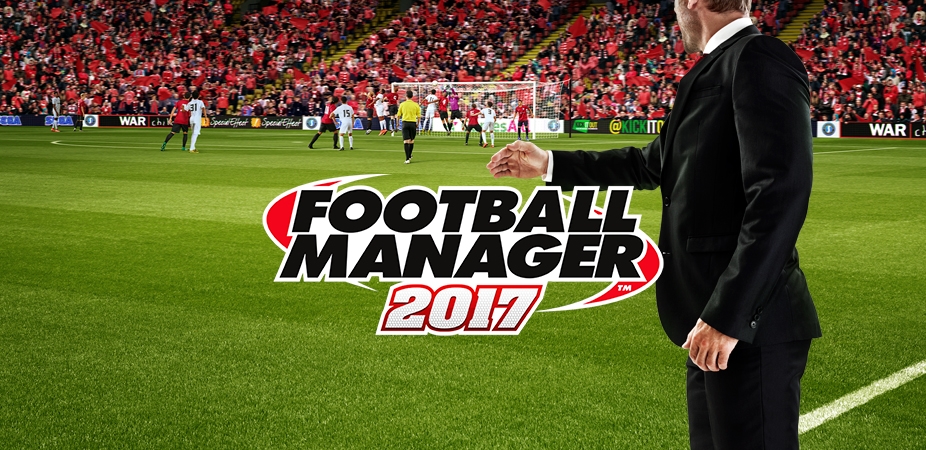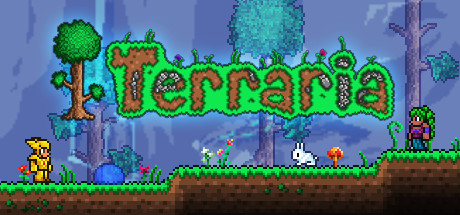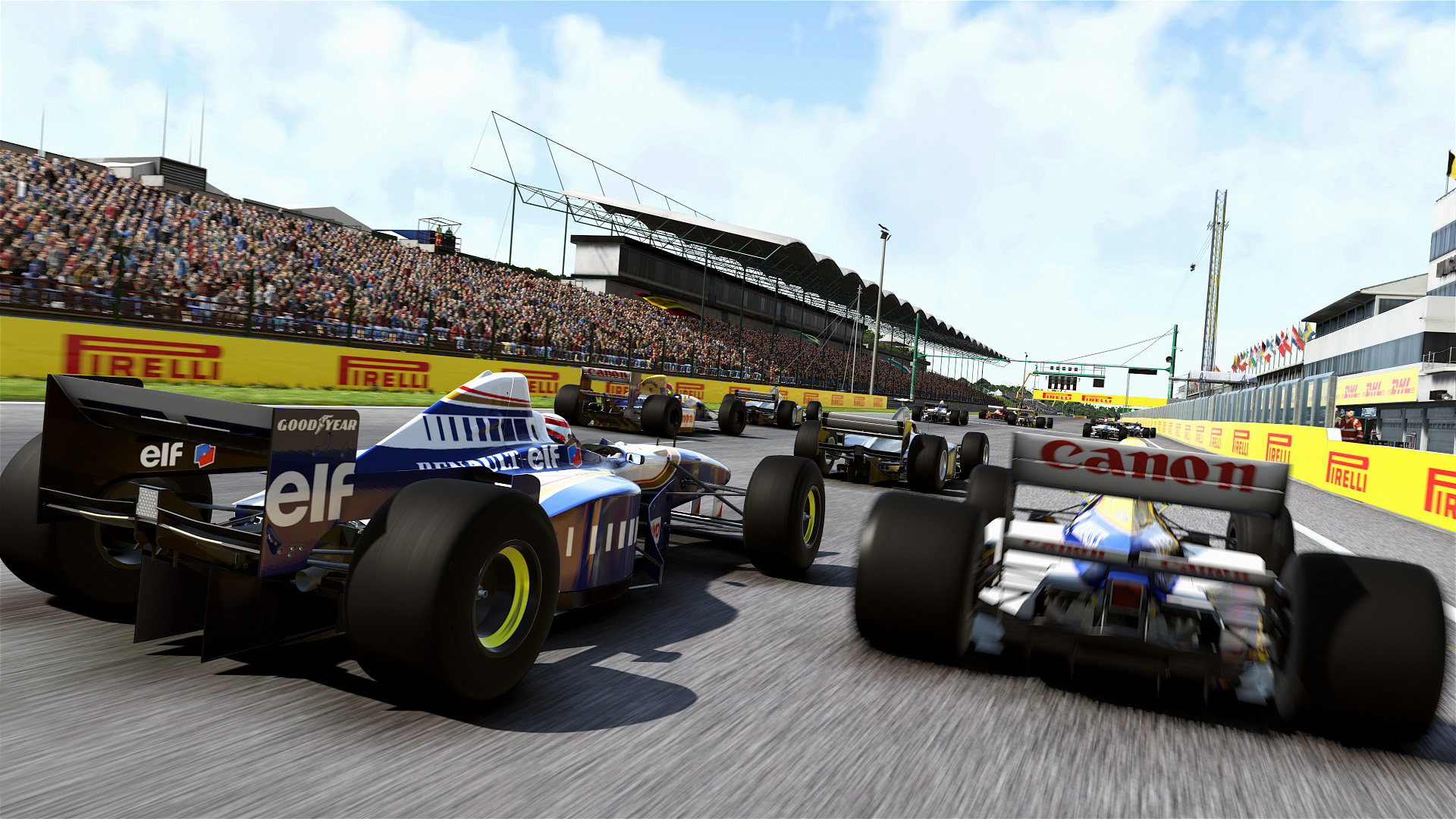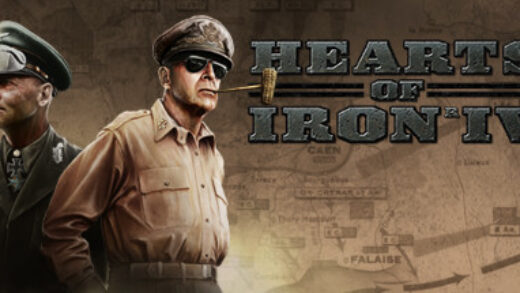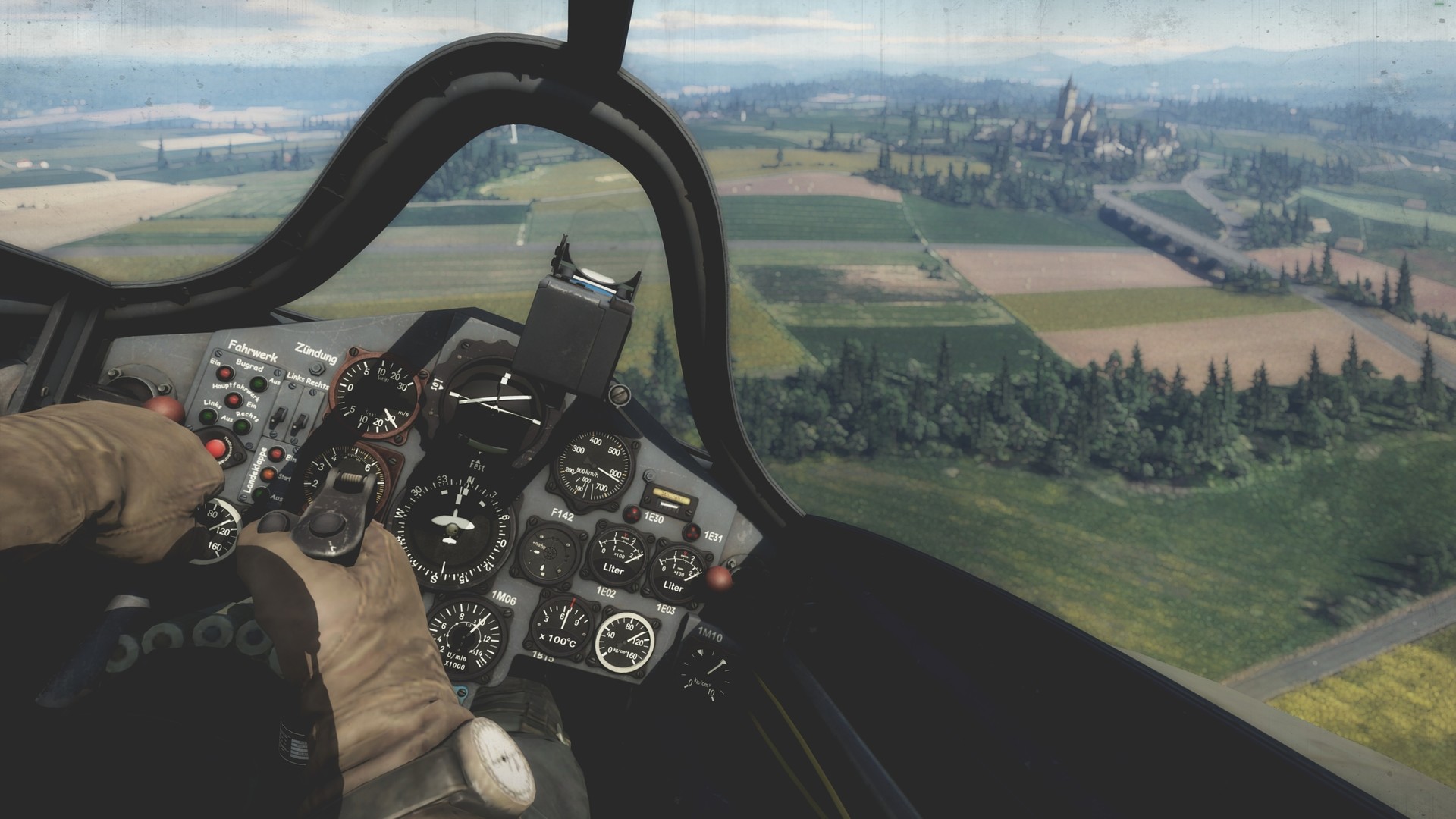Hello, on this page you will find our most popular Ubuntu eBooks that are available for you to download in .pdf for free. You will find Linux related eBooks for both beginners and experts, let us know if we should add a certain eBook to this list by simply contacting us.
Note: The listed Linux eBooks are not excerpt or free samples but they are complete eBooks.
1. Ubuntu: An Absolute Beginners Guide
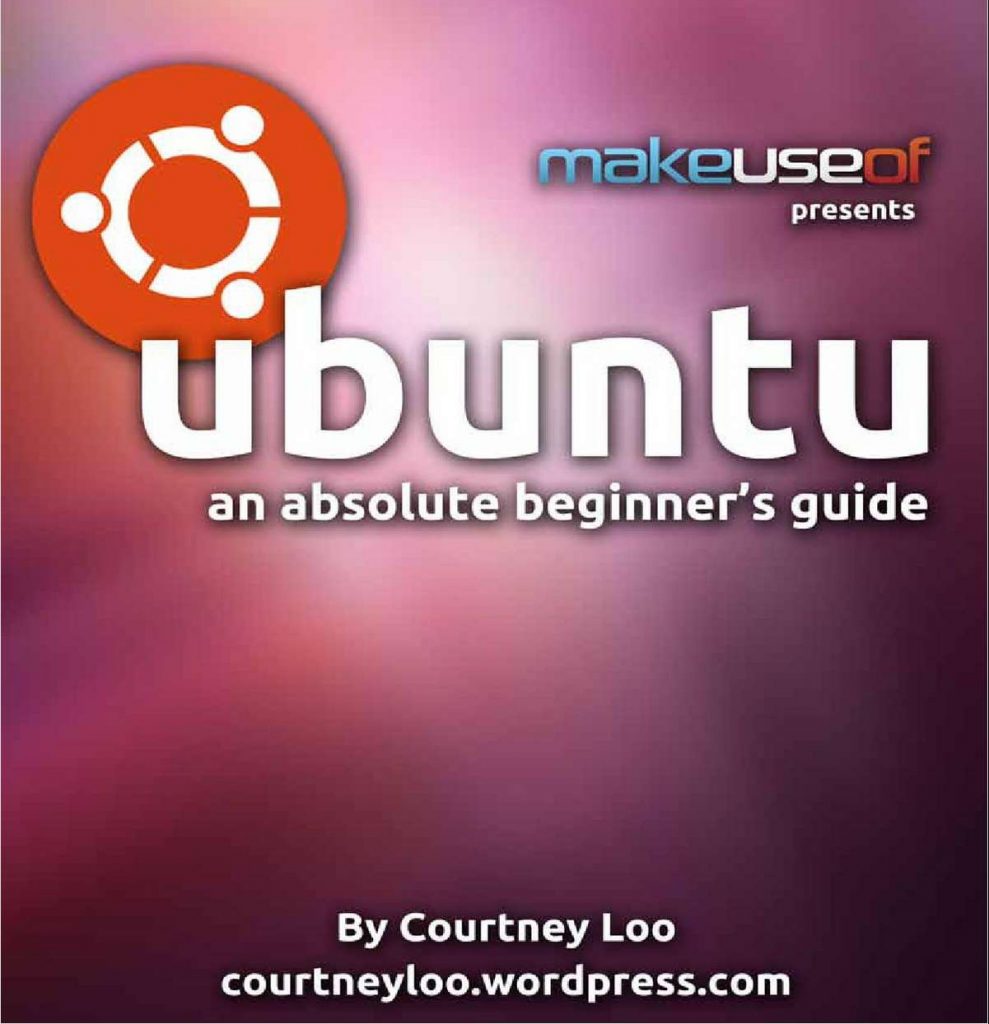
Ubuntu is a free, open-source computer operating system with 20 million users worldwide.
This 30 page guide was written for beginners and will tell you everything you need to know about the Ubuntu experience. You will learn how to install and setup Ubuntu on your computer, find technical support in your community, understand the Ubuntu philosophy, navigate the Unity desktop interface and use Ubuntu compatible software programs.
2: Linux Command Cheat Sheet
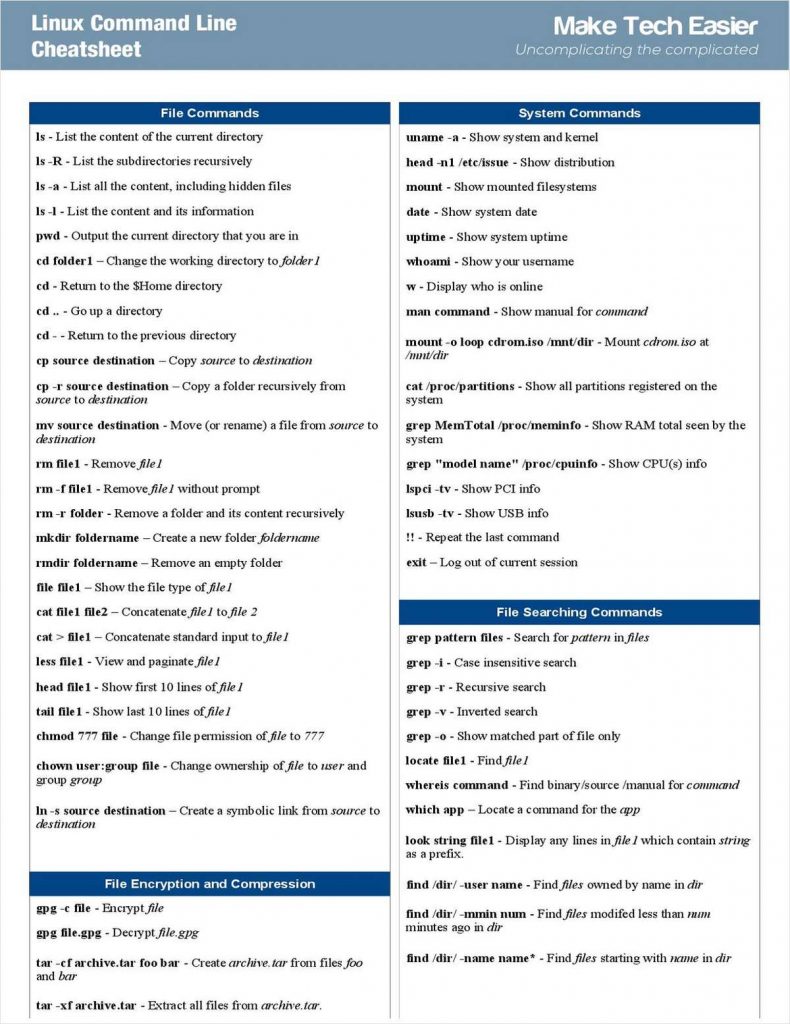
While most people loathe the command line, it is undoubtedly the most efficient way to get things done. If you are one of those who will freak out when you are on the terminal, we have compiled a list of useful Linux commands that you can use to make your workflow more productive.
3: Guide to KDE: The Other LINUX Desktop
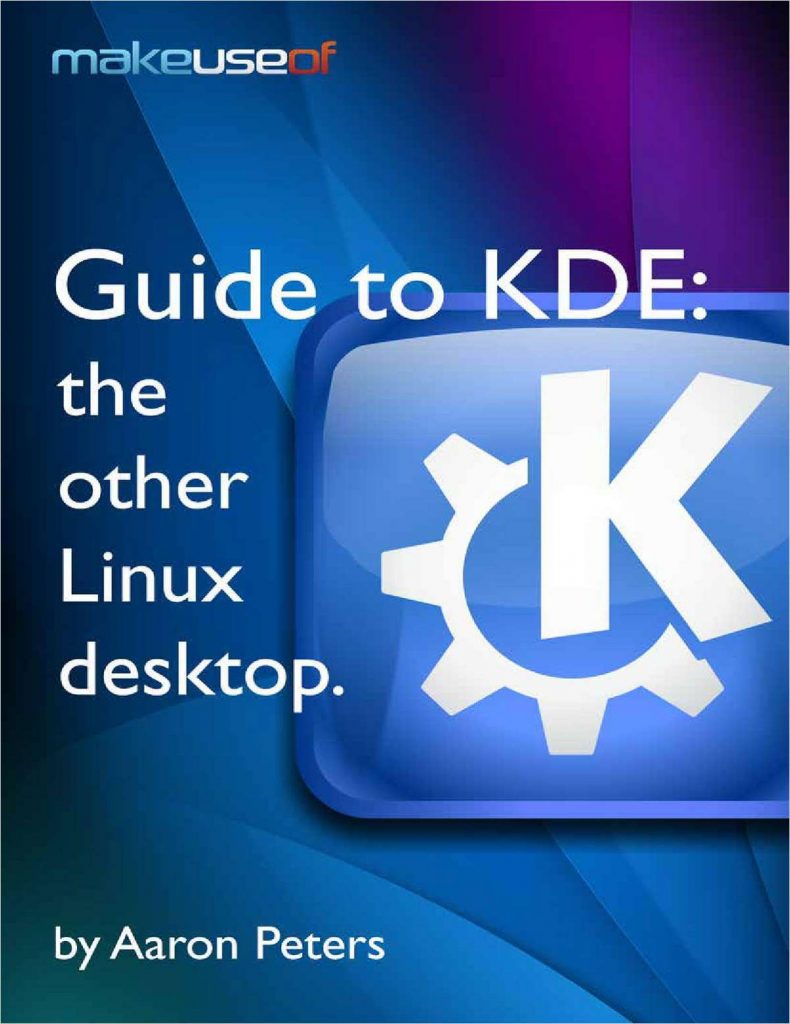
This guide is meant to introduce the so-called “power users” of computers with an introduction to KDE, including the option (and freedom) that it provides. If you fall into one of the following categories, this guide is for you:
You’re a Windows user, but are turned off by the new Windows 8 look and Start Screen. You’re looking for an OS that works kind of like Windows 7, but even better.
You’re a new Linux user, and have been trying out Ubuntu. But Unity, the Dash, Scopes, and Lenses just aren’t your thing. Where’s the “Start” button?
You’re an intermediate Linux user, and now you have a taste for customization. So you’re looking for a way to configure your own, great-looking desktop, with lots of shiny gadgets everywhere.
You’re an old-school Linux user who’s just now (begrudgingly) installing X, and you need to pick a desktop. You’d rather just use emacs for everything, but you admit sometimes colors are nice.
In this guide we’ll provide an overview of the KDE desktop environment, let you know how to get it and install it,
introduce the various pieces of the base system (i.e. the desktop), and finally describe how to perform some common tasks with the applications that come with it.
4: Getting Started With Ubuntu 14.04
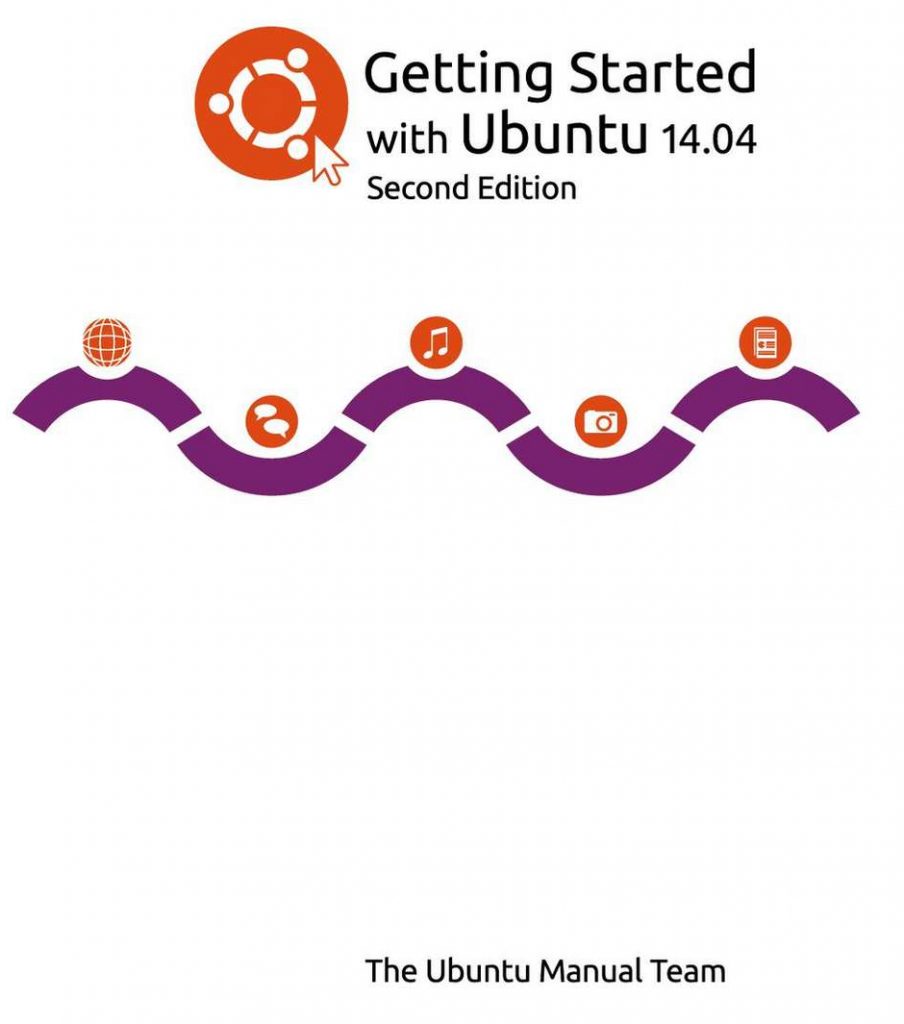
This guide covers the basics of Ubuntu, as well as hardware and software management, working with command line, and security.
Getting Started with Ubuntu 14.04 Second Edition is not intended to be a comprehensive Ubuntu instruction manual. It is a quick-start guide that will get you doing the things you need to do with your computer easily, without getting bogged down with technical details. With the help of this guide, it should not take long before new users get used to the Unity desktop environment. Unity includes the Launcher, the Dash, the hud, indicators, and an onscreen display notification system (osd). All these features will be explained in this guide.
5: The GNU/Linux Advanced Administration
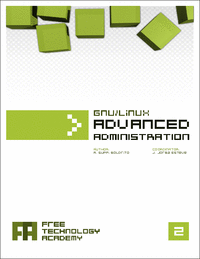
The GNU/Linux systems have reached an important level of maturity, allowing to integrate them in almost any kind of work environment, from a desktop PC to the sever facilities of a big company.
In this ebook “The GNU/Linux Operating System”, the main contents are related with system administration. You will learn how to install and configure several computer services, and how to optimize and synchronize the resources using GNU/Linux.
The topics covered in this 500+ page eBook include Linux network, server and data administration, Linux kernel, security, clustering, configuration, tuning, optimization, migration and coexistence with non-Linux systems. A must read for any serious Linux system admin.
6: Computer Inside Your Computer: How To Use VirtualBox
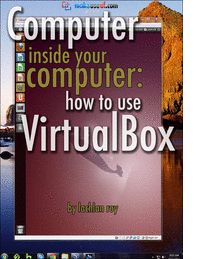
VirtualBox is a free, open source, cross-platform application for creating, managing and running Virtual Machines (VMs).
You’ve heard a lot about Linux and you’d love to try it out, but you don’t know enough to take the plunge and install it alongside Windows – maybe you’re worried you’ll wipe all your files off in the process. Besides, you’d like to have another computer handy so that you can look something up if you get stuck, but you don’t have another computer. This is it.
Or maybe it’s the opposite. Perhaps you’ve taken a step out of your comfort zone and ditched Windows – maybe for Ubuntu, or maybe for Mac OS X. You feel liberated! No more Blue Screens of Death! You’re living life on the edge, getting on with your work… and then you come to a screeching halt. You discover that a piece of software crucial to your workflow runs on Windows… and only Windows.
Whatever shall you do? Then somebody introduces you to VirtualBox. Suddenly you gain the power to conjure virtual computers out of thin air. They don’t take up space on your desk, yet they work just like a real computer does. They can be conjured up and removed with little more than a few clicks. Intrigued?
Also with this free guide you will also receive daily updates on new cool websites and programs in your email for free courtesy of MakeUseOf.
7: Linux Quick Fix Notebook

An indispensable ebook for every Linux administrator!
Instant access to precise, step-by-step solutions for every essential Linux administration task from basic configuration and troubleshooting to advanced security and optimization.
If you’re responsible for delivering results with Linux, Linux® Quick Fix Notebook brings together all the step-by-step instructions, precise configuration commands, and real-world guidance you need. This distilled, focused, task-centered guide was written for sysadmins, netadmins, consultants, power users…everyone whose livelihood depends on making Linux work, and keeping it working.
This book’s handy Q&A format gives you instant access to specific answers, without ever forcing you to wade through theory or jargon. Peter Harrison addresses virtually every aspect of Linux administration, from software installation to security, user management to Internet services–even advanced topics such as software RAID and centralized LDAP authentication. Harrison’s proven command-line examples work quickly and efficiently, no matter what Linux distribution you’re using. Here’s just some of what you’ll learn how to do:
- Build Linux file/print servers and networks from scratch
- Troubleshoot Linux and interpret system error messages
- Control every step of the boot process
- Create, manage, secure, and track user accounts
- Install, configure, and test Linux-based wireless networks
- Protect your network with Linux iptables firewalls
- Set up Web, email, DNS, DHCP, and FTP servers
- And much more…
8: Introduction to Linux – A Hands on Guide
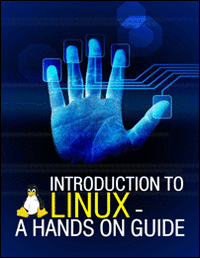
This guide was created as an overview of the Linux Operating System, geared toward new users as an exploration tour and getting started guide, with exercises at the end of each chapter.
For more advanced trainees it can be a desktop reference, and a collection of the base knowledge needed to proceed with system and network administration. This book contains many real life examples derived from the author’s experience as a Linux system and network administrator, trainer and consultant. They hope these examples will help you to get a better understanding of the Linux system and that you feel encouraged to try out things on your own.
9: Linux from Scratch
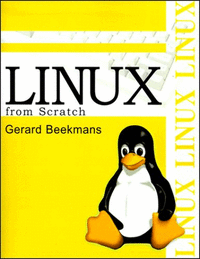
Linux from Scratch describes the process of creating your own Linux system from scratch from an already installed Linux distribution, using nothing but the source code of software that you need.
This 318 page eBook provides readers with the background and instruction to design and build custom Linux systems. This eBook highlights the Linux from Scratch project and the benefits of using this system. Users can dictate all aspects of their system, including directory layout, script setup, and security. The resulting system will be compiled completely from the source code, and the user will be able to specify where, why, and how programs are installed. This eBook allows readers to fully customize Linux systems to their own needs and allows users more control over their system.
10: Beyond Linux From Scratch – Version 6.3

This eBook follows on from the Linux From Scratch book. It introduces and guides the reader through additions to the system including networking, graphical interfaces, sound support, and more.
This book is mainly aimed at those who have built a system based on the LFS book. It will also be useful for those
who are using other distributions, but for one reason or another want to manually build software and are in need of
some assistance. Note that the material contained in this book, in particular the dependency listings, is based upon the assumption that you are using a base LFS system with every package listed in the LFS book already installed and
configured. BLFS can be used to create a range of diverse systems and so the target audience is probably nearly as
wide as that of the LFS book. If you found LFS useful, you should also like this!
11: Self-Service Linux: Mastering the Art of Problem Determination
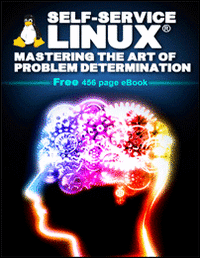
The indispensable start-to-finish troubleshooting guide for every Linux professional.
Now, there’s a systematic, practical guide to Linux troubleshooting for every power user, administrator, and developer. In Self-Service Linux®, two of IBM’s leading Linux experts introduce a four-step methodology for identifying and resolving every type of Linux-related system or application problem: errors, crashes, hangs, performance slowdowns, unexpected behavior, and unexpected outputs. You’ll learn exactly how to use Linux’s key troubleshooting tools to solve problems on your own–and how to make effective use of the Linux community’s knowledge.
If you use Linux professionally, this book can dramatically increase your efficiency, productivity, and marketability. If you’re involved with deploying or managing Linux in the enterprise, it can help you significantly reduce operation costs, enhance availability, and improve ROI.
Series Editor Bruce Perens’ is an open source evangelist, developer, and consultant whose software is a major component of most commercial embedded Linux offerings. He founded or cofounded Linux Standard Base, Open Source Initiative, and Software in the Public Interest. As Debian GNU/Linux Project Leader, he was instrumental in getting the system on two U.S. space shuttle flights.
By Mark Wilding, Dan Behman. Published by Prentice Hall. Part of the Bruce Perens’ Open Source Series.
